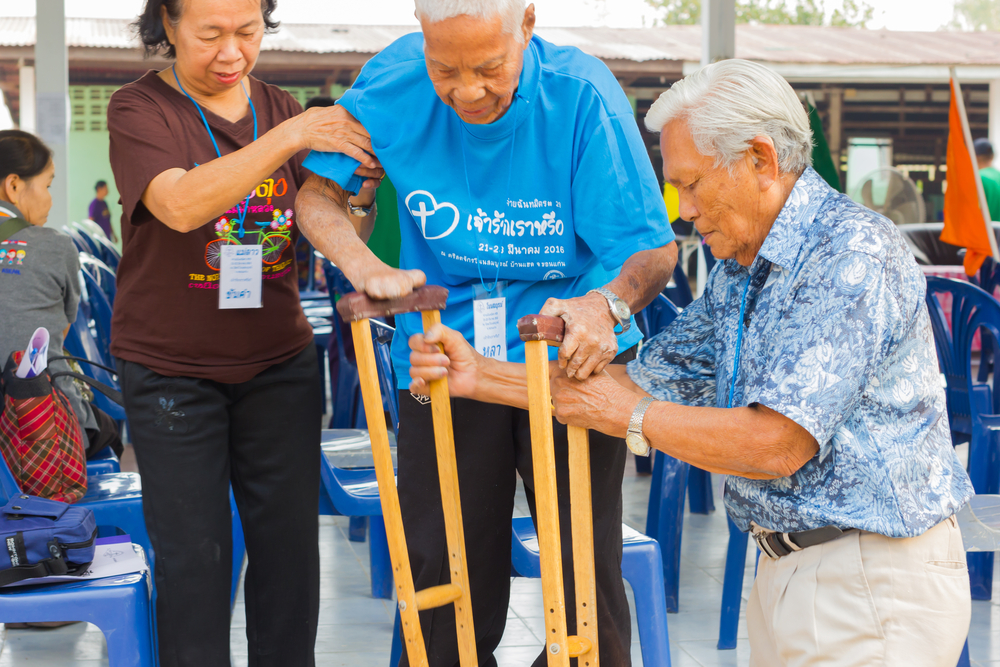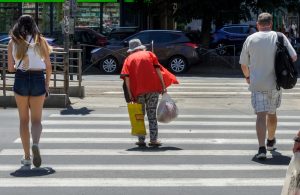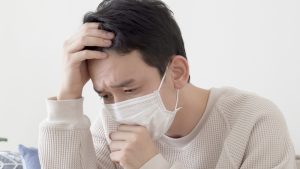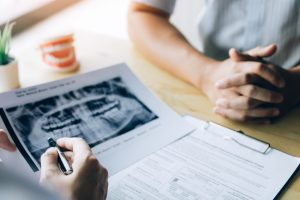Hansen’s Disease also known as leprosy is an infection caused by slow-growing Mycobacterium leprae bacteria. It primarily occurs in tropical regions and/or developing countries.
Patients with leprosy typically present with three cardinal features including hypopigmented skin patches, nerve thickening and peripheral nerve damage. French humanitarian Raoul Follereau designates the last Sunday in January as World Leprosy Day, as a tribute to the life of Mahatma Gandhi who had compassion for people affected by this condition. This year, World Leprosy Day happens on the 29th of January.
Prevalence
Leprosy mainly occurs in tropical and developing regions in the world. Despite it being little known in the developed world, in 2021, WHO reported around 150 thousand new cases, with another 140 thousand existing cases, among which 60% are male. Most of the new cases were reported from India (50%), followed by Brazil, Indonesia, Nepal, Myanmar and Nigeria.
Cause
Mycobacterium leprae bacteria is the sole source of infection. The typical route of infection includes prolonged close contact with fomites, contaminated soil, infected individuals and armadillos. This type of bacteria thrives in cool areas on the body, such as the skin, respiratory tract, peripheral nerves, front of the eye, testes etc. When their presence is detected, our immunity launches systemic responses to eliminate them. However, this particular pathogen has been proven hard to eliminate, and our own immunity can overshoot and damage body tissues as well.
Symptoms
There are three main symptom groups:
Cutaneous manifestations:
- Multiple nodules, and/or plaques over the skin, which may appear lighter in colour compared to the unaffected region
- Dry, scaly skin
- Sensitive to painful stimuli compared to the unaffected region of the skin
- Stuffy nose due to the lining of the nose being affected
- Red, painful eyes
Nerve involvement:
- Symmetrical numbness, especially over hands and feet
- Pins and needles feeling over certain areas of the skin
- Foot drop – unable to lift the foot up at the ankle joint
- Clawing of fourth and fifth fingers
Systemic symptoms:
- Liver enlargement – abdominal fullness, pain over the top right corner of your tummy
- Lumps of unknown origin
- Leonine facies – facial features similar to that of a lion with prominent convexities and furrowed creases.
Symptoms can be from mild to severe depending on individuals and the subtype of leprosy. The incubation period is usually 3-5 years from exposure and in some cases can be up to 20 years.
Diagnosis
There are three major clinical tests available for the diagnosis of leprosy:
- Skin scraping: staining of skin scraping can help identify the presence of Mycobacterium leprae
- Punch biopsy: a small part of the skin lesion is taken for lab analysis, PCR test and staining can both help confirm the diagnosis
- Lepromin test: pathogen injected into the skin of the forearm, the test is considered positive if induration is more than 5 mm
Treatment
Even though leprosy was once feared as a highly contagious and devastating disease without treatment, now we have multiple medications that offer effective treatment. Dapsone, rifampin and clofazimine are commonly used antibiotics for leprosy, and typically eliminate the pathogen from the body in one to two years’ time.
Along with medication, physiotherapy to prevent contractures, surgery to correct deformities, and wound care are often needed and are offered based on an individual basis.
How can I prevent it?
Early diagnosis and treatment of people who are infected is the best way to prevent community spread. Vaccination with BCG (Bacillus Calmette-Guerin) also provides 50% of higher protection against the disease. The vaccine also helps prevent the infection of tuberculosis (TB). If you are in close contact with someone is known to have leprosy, immediate and annual check-ups for the following five years are strongly recommended.













